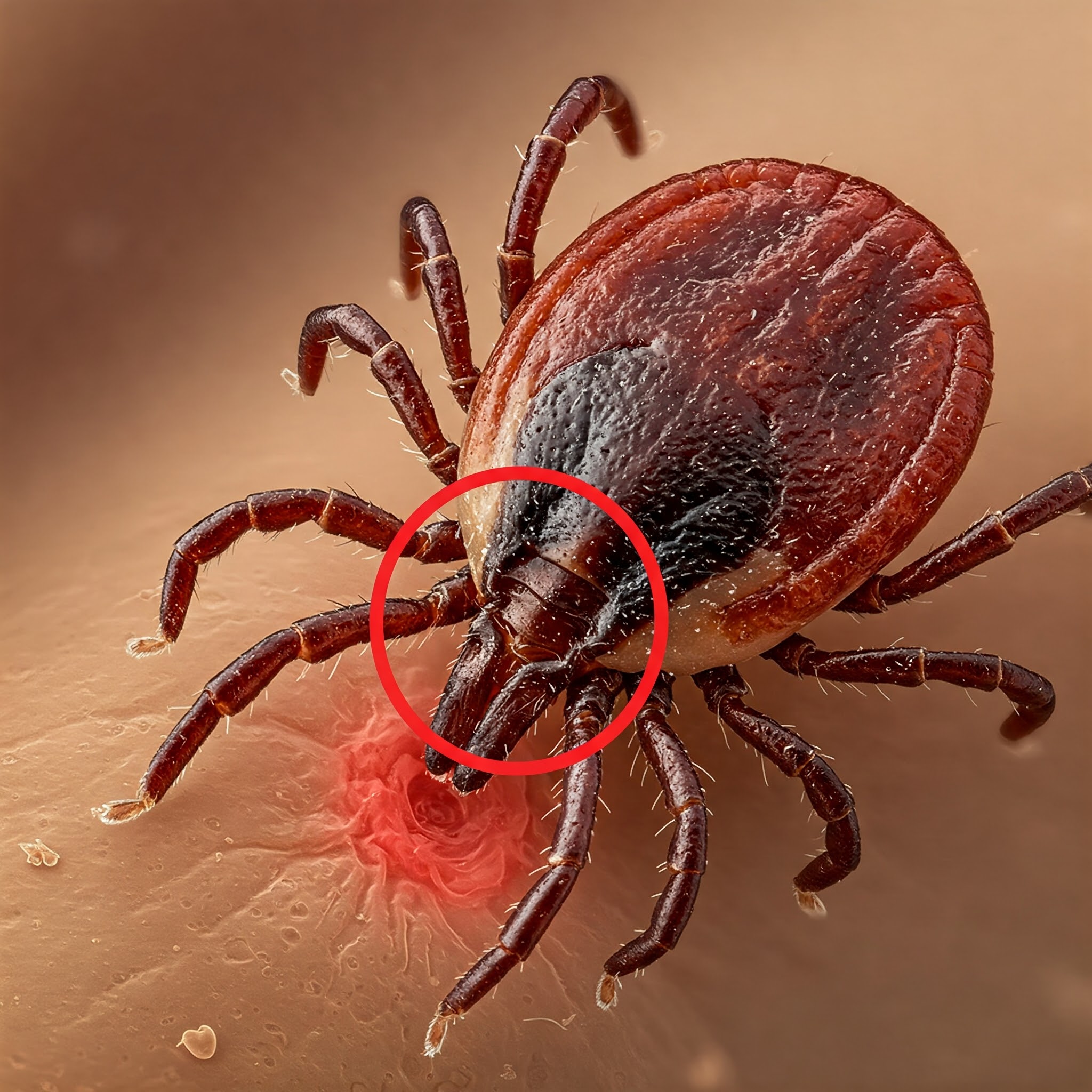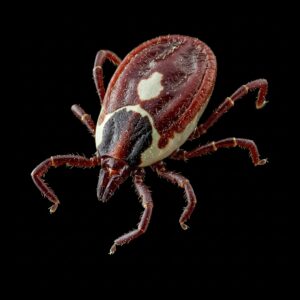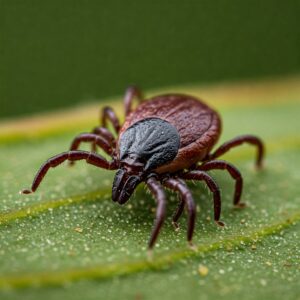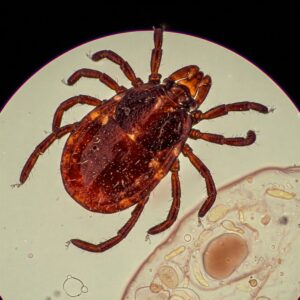
Ticks in Northern Virginia: A Growing Concern
Ticks are small, blood-sucking parasites that can transmit a variety of diseases to humans and animals. In the United States, ticks are most commonly found in wooded areas and tall grasses. They are most active during the spring and summer months.
Facts About Ticks:
- There are over 900 species of ticks in the world.
- Ticks can transmit a number of diseases, including Lyme disease, Rocky Mountain spotted fever, and ehrlichiosis.
- Ticks attach themselves to their host by piercing the skin with their mouthparts.
- Once attached, ticks can feed on blood for several days.
- Ticks can be found on humans, animals, and even birds.
While all ticks share certain characteristics, it's important to be able to identify the specific types prevalent in our region. Here are some of the common tick species found in Northern Virginia.

Lone Star Tick: Adult females have a distinctive white dot on their backs. They can transmit diseases such as Ehrlichiosis and Southern Tick-Associated Rash Illness (STARI), and are also associated with the development of Alpha-gal syndrome (red meat allergy)

Black-legged Tick/Deer Tick (Ixodes scapularis): Known for transmitting Lyme disease, Anaplasmosis, and Babesiosis. Their nymph stage, which is very small, is most often responsible for transmitting Lyme disease.

American Dog Tick (Dermacentor variabilis): These ticks carry bacteria responsible for several diseases in humans, including Rocky Mountain spotted fever and tularemia. It is one of the best-known hard ticks. Diseases are spread when it sucks blood from the host.
Where you spend your time outdoors can significantly impact your risk of encountering ticks. Here are some common habitats where ticks are frequently found
Common Tick Habitats in Northern Virginia
Woods

Edge

Turf

Woods
Ticks, particularly blacklegged ticks, thrive in wooded, brushy areas with dense vegetation and leaf litter, providing the moisture and cover they need to survive. They often wait on the tips of low-lying vegetation for a host, such as humans or animals, to brush against and attach to.
Edge
The areas where woods meet lawns or other open areas, including shady, brushy areas with leaf litter, and areas with tall grasses and shrubs, are known as edges, which are transitional zones between different habitat types, often harboring a high diversity of wildlife blood meals for ticks.
Turf
Ticks prefer to live in shady, humid, overgrown areas, especially in tall grass and overgrown vegetation, and are commonly found near the edges of lawns and wooded areas, but not typically in open, sunny, mowed areas.
